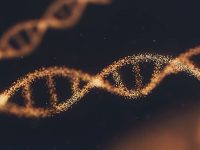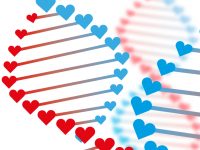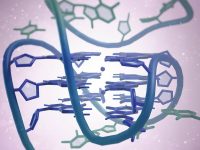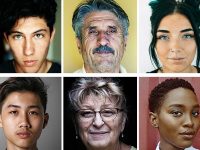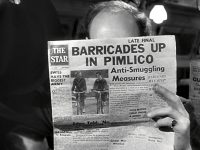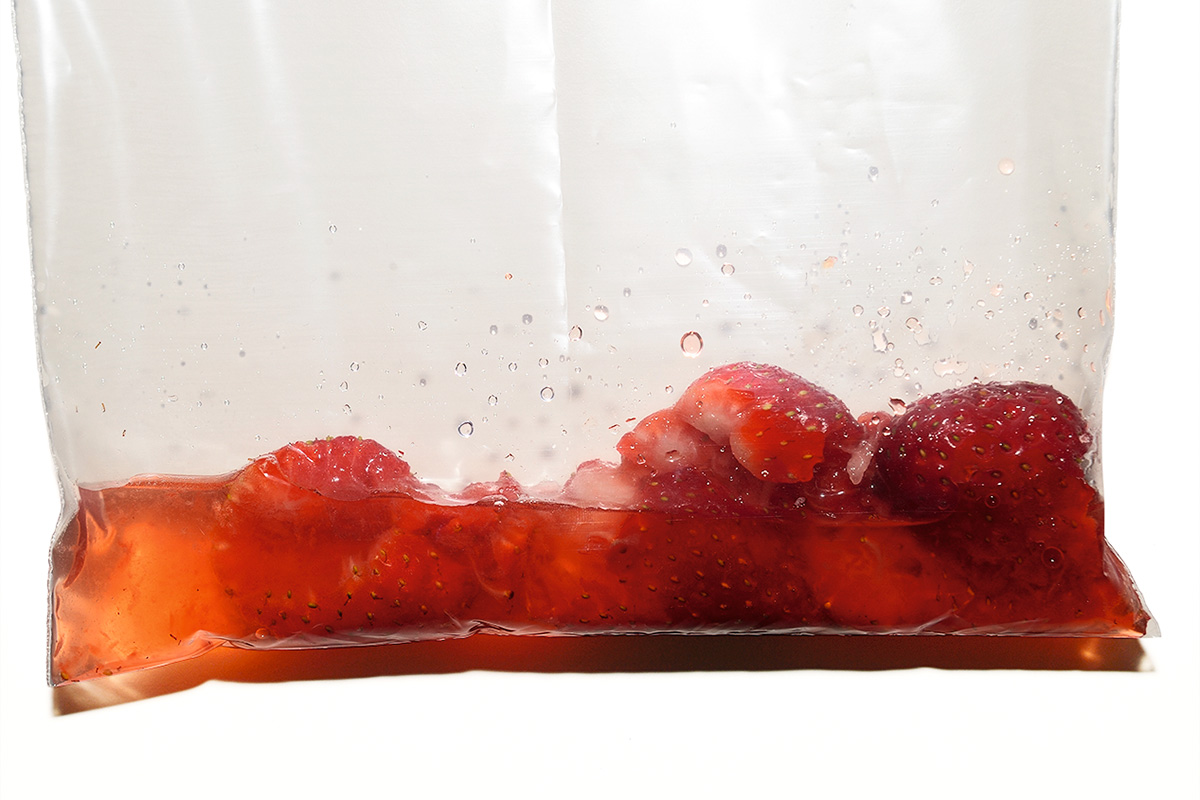
Can we communicate science rigorously and still make an eager audience have a good time? The answer can be found in museums and botanical gardens, the places from where we try to spread the word in a fun and entertaining way. It is a challenge for us, and we want to dedicate these lines to the memory of Fernando Sapiña, who helped and supported us in research and in our public scientific activities. We also want to remember Jorge Wagensberg, who wrote: «The success of a museum does not lie in people visiting it, but in people coming back to it» and «The transcendence of a museum is not measured by the number of visitors, but the conversation it generates». These ideas made our work much easier and we would like to thank him for that. Finally, we would like to welcome the new Natural History Museum of the University of Valencia. We share with them our interests and our efforts to spread the word about the University and science in general.
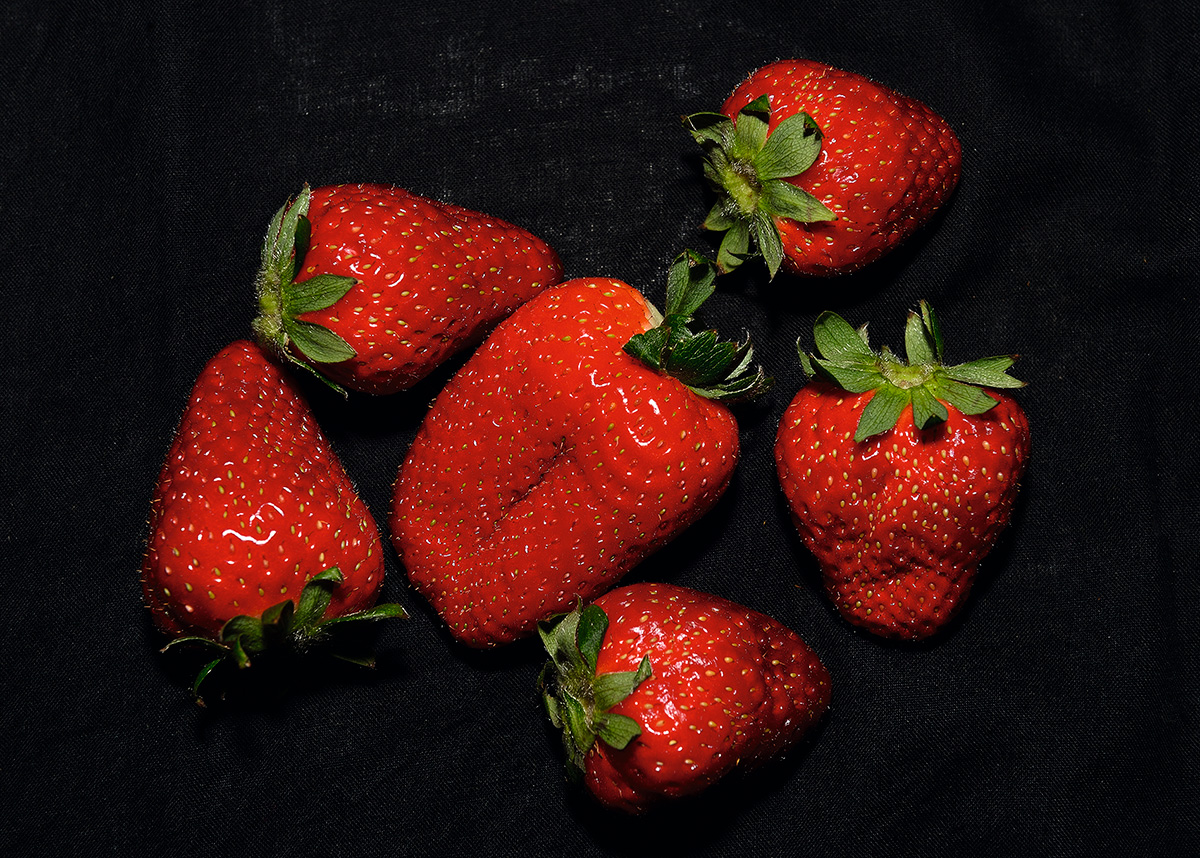
© José Plumed
The activity we propose to you today was already included in US textbooks in the 1980s, and in the 1990s it was also introduced in UK textbooks. Since the inauguration of the research building of the Botanical Garden of the University of Valencia in 2000, the staff has been involved in the workshops of our educational laboratory. Since the only requirement for putting it into practice is buying the necessary materials at the supermarket, we believe it can also be done at home. The goal is to uncover DNA, the universal component of living beings.
We will do this with a very simple experiment: we will use fruits such as bananas or strawberries, but we can also use frozen peas; in any case, it is possible to obtain a considerable volume of genetic material, sufficient to observe it with the naked eye.
«With a very simple experiment, it is possible to obtain a considerable volume of genetic material, sufficient to observe it with the naked eye»
We will use dishwasher soap as a buffer solution, which will form compounds with the phospholipids and proteins of the cell membrane and break it up. In addition, we will use salt, which stabilises the DNA: sodium ions envelop the negatively charged phosphate groups of the DNA molecules and make it possible for them to group together in a viscous form when alcohol is added. This gooey substance is what we are trying to obtain.
Materials
- Plastic bag
- Sieve
- A stirring rod (or a stick, a toothpick…)
- Lunchbox or dinner plate
- Three or four strawberries (other options: a banana or frozen peas)
- Cold 96% alcohol (kept in the refrigerator or on ice)
- 10 ml of unconcentrated dishwasher soap
- 90 ml of distilled water
- 3 grams of salt
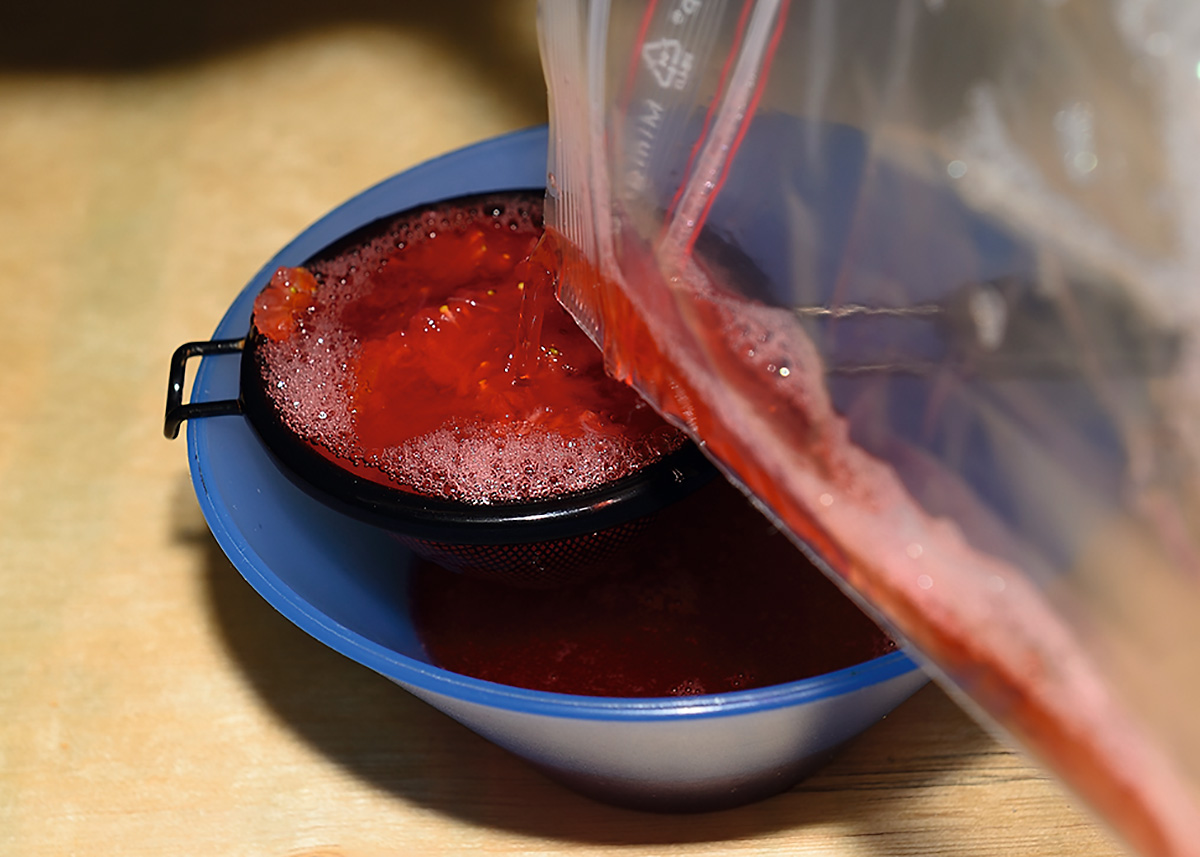
© José Plumed
Procedure
We did the experiment with strawberries, which you can now find in the market and grocery shops. If you use peas, you have to let them thaw in advance, although cold is a factor that favours DNA extraction, since cold cells are easier to break (but not so much if they are frozen). It can also be done with bananas or any other fruit or vegetable.
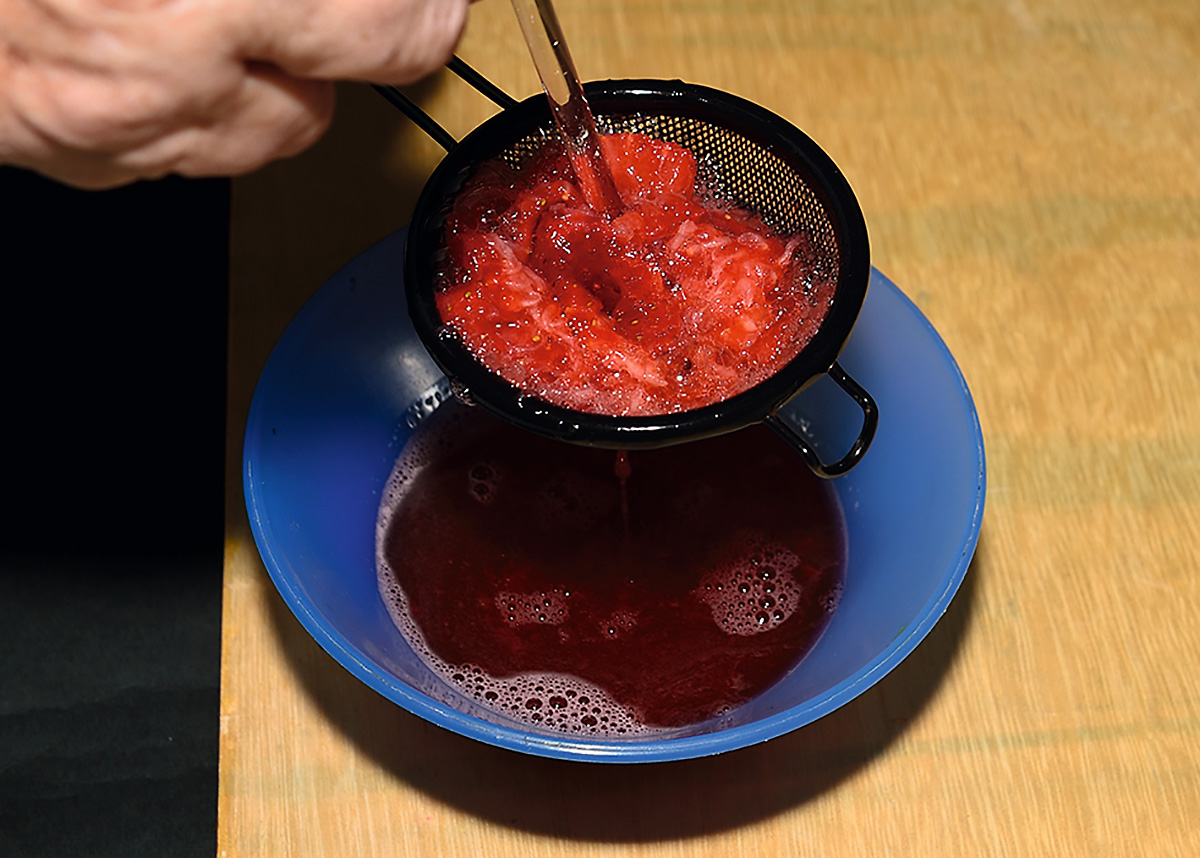
© José Plumed
Take three or four strawberries, remove the sepals and the white part and place them in a plastic bag. Mix ten parts of distilled water with one part of dishwasher soap (you can measure them in spoonfuls) and add a pinch of salt. Stir to dissolve well.
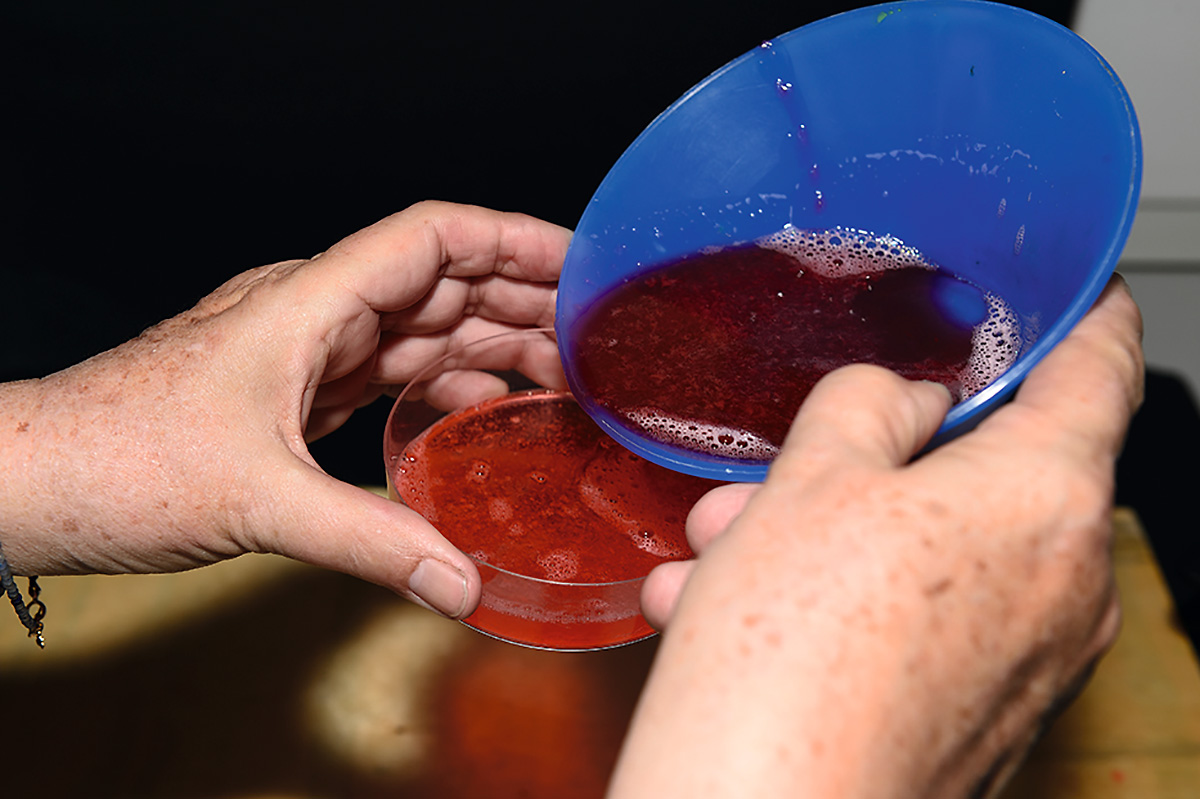
© José Plumed
Add this liquid to the bag of strawberries and squeeze to obtain a strawberry shake. To do so, simply use your hands and carefully try not to tear the bag. Pour the batter into the dish through a sieve.
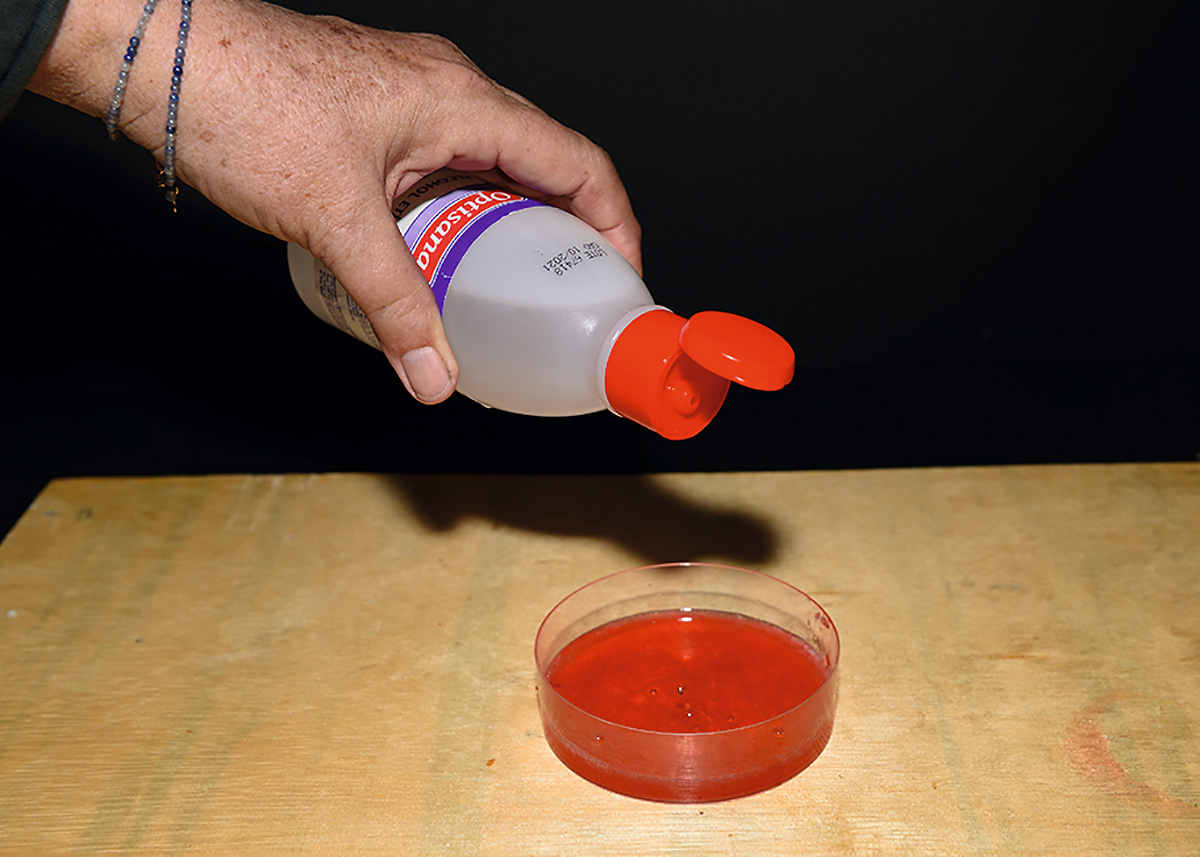
© José Plumed
Then add a tablespoon of cold alcohol, previously cooled in the refrigerator or kept on ice, to precipitate the DNA. If you do not have high-quality alcohol, you will have to keep adding spoonfuls until the DNA precipitates. Stir with your tool and you will observe that the gooey substance sticks to it.
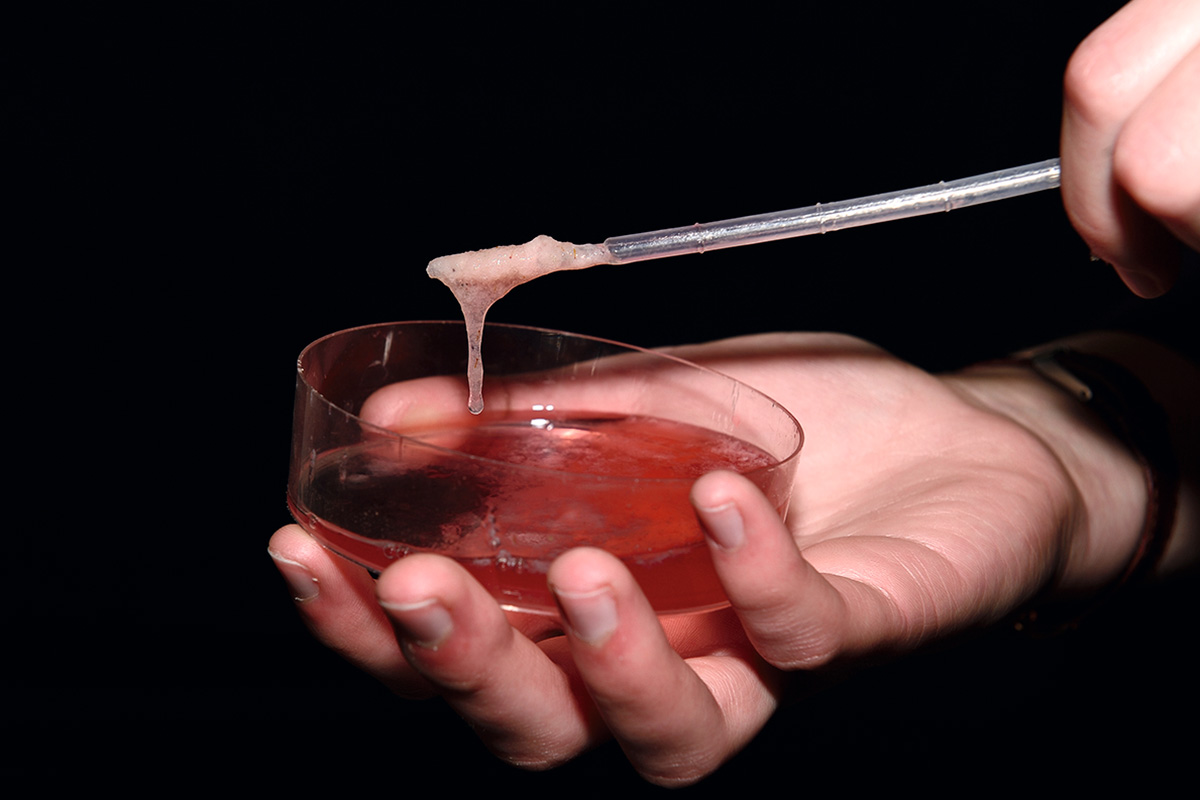
© José Plumed
This substance is nucleic acid, the DNA and RNA of the cell nuclei, which determines the genetics of living beings. This is not pure DNA, though, and in order to separate it from the RNA and other compounds, we would need a laboratory. First, it would need to be put into a centrifuge, which separates elements according to their density. Then it would be put on an electrophoresis tank, which separates molecules into bands, one of which contains DNA, which represents our own personal genetic barcode.

